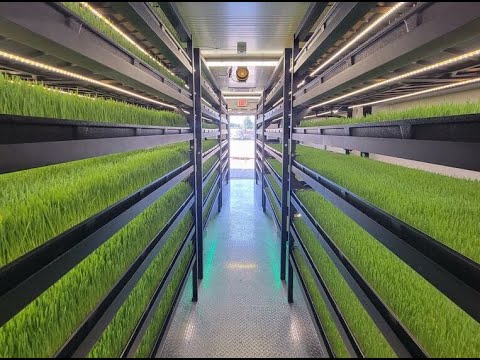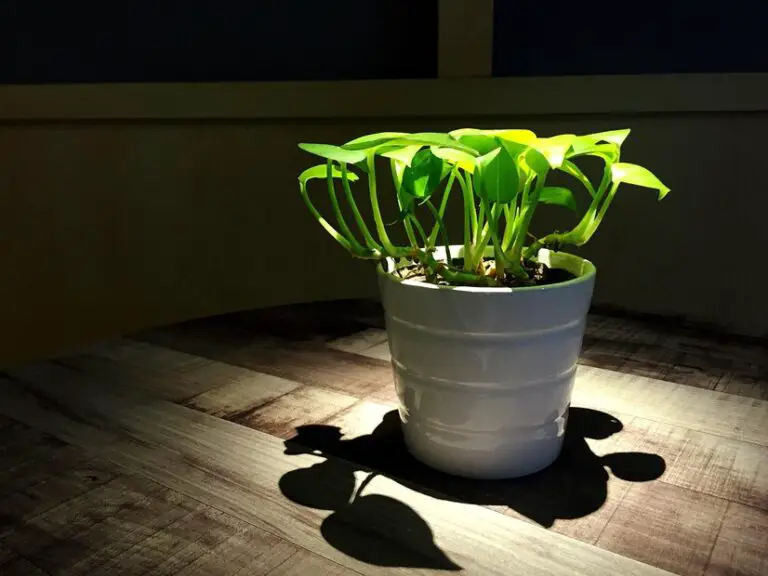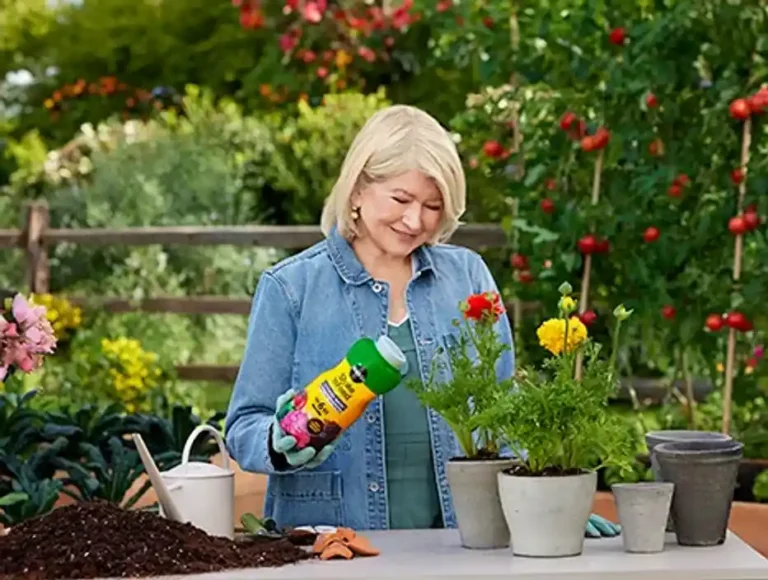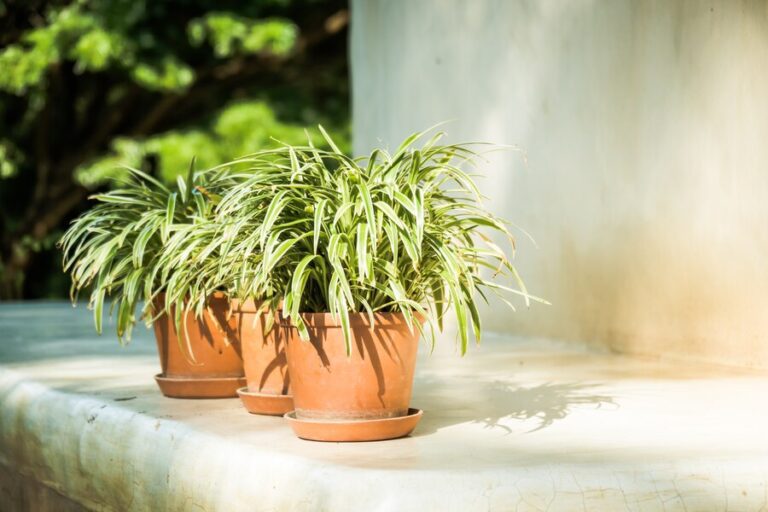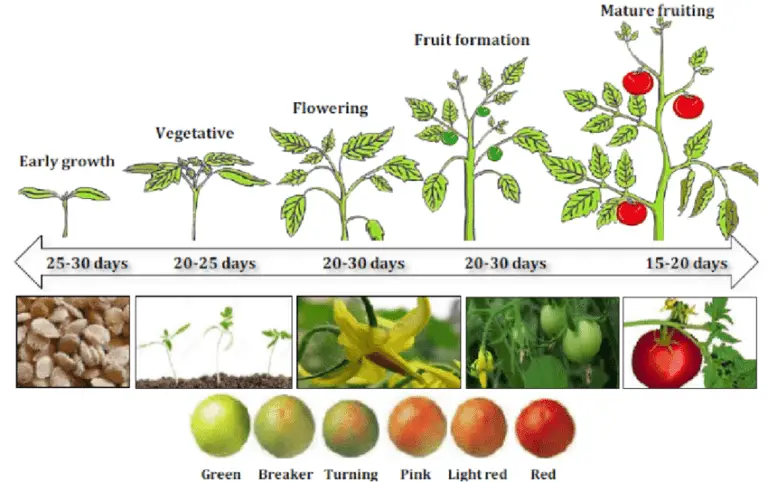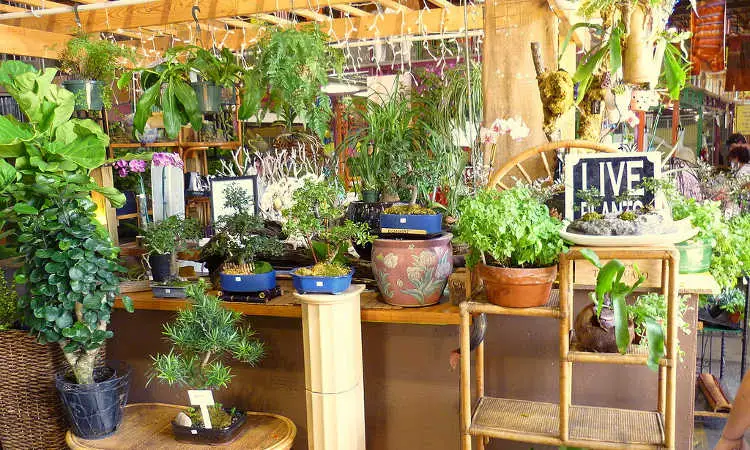How to Start Your Own Hydroponic Garden Indoor: A Beginner’s Guide
Table of Contents
Setting up Your Indoor Hydroponic Garden
When it comes to setting up your indoor hydroponic garden, there are a few key factors that you should consider in order to create a successful and thriving environment for your plants. First and foremost, choosing the right location is crucial. You want to find a spot in your home that receives ample sunlight or have access to artificial lighting options to ensure that your plants can photosynthesize effectively. Additionally, you should select a space that is well-ventilated to promote proper air circulation and prevent any potential issues with humidity levels.
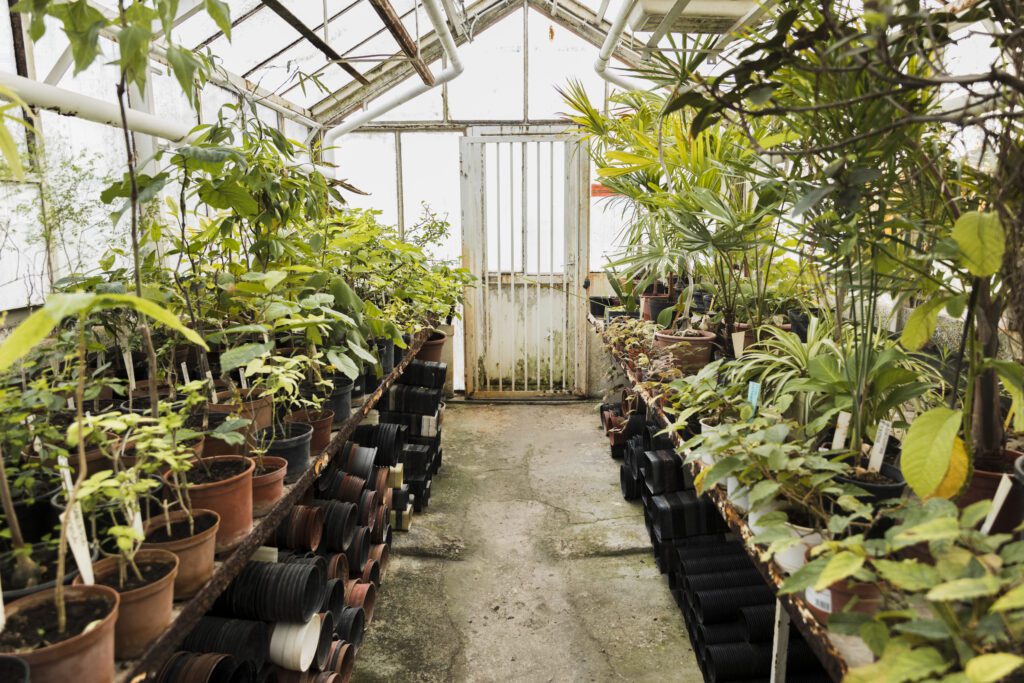
Once you have chosen the perfect location, the next step is to select the ideal hydroponic system for your space. There are various types of hydroponic systems available, each with its own advantages and drawbacks. From deep water culture systems to nutrient film technique setups, it is important to research and consider factors such as your available space, budget, and the type of plants you wish to grow. Assessing these factors will help you determine which system will work best for your indoor garden.
Choosing the Right Location for Your Hydroponic Garden
When it comes to setting up your hydroponic garden, choosing the right location is crucial for the success of your plants. Ideally, you’ll want an area that receives ample sunlight or has access to high-quality artificial lighting. Plants need light to photosynthesize, and without sufficient light, their growth and development may be stunted. Assess your space for areas that receive at least 6-8 hours of direct sunlight or have proper lighting fixtures for your plants.
Additionally, consider the temperature and humidity levels in your chosen location. Most plants thrive in temperatures between 65-75°F (18-24°C), so aim to create a climate that falls within this range. High humidity can encourage the growth of mold and mildew, so ensure that your chosen location has adequate ventilation to regulate humidity levels. By carefully selecting the right location for your hydroponic garden based on factors such as light, temperature, and humidity, you are setting the stage for healthy and productive plant growth.
Selecting the Ideal Hydroponic System for Your Space
When selecting the ideal hydroponic system for your space, it is important to consider several factors to ensure the success of your indoor garden. One key factor to consider is the size and available space in your home or designated growing area. Different hydroponic systems have varying space requirements, so it is crucial to choose one that fits comfortably within your available space without overcrowding.
Another factor to consider is the type of plants you wish to grow. Certain hydroponic systems are better suited for specific plants, such as deep-water culture systems for leafy greens or nutrient film technique systems for strawberries. Understanding the needs and growth habits of your chosen plants will guide you in selecting the most appropriate hydroponic system.
Furthermore, it is important to consider your level of experience and skill in hydroponic gardening. Some hydroponic systems require more technical knowledge and maintenance, while others are more beginner-friendly and low-maintenance. Assessing your own capabilities and comfort level will help you choose a system that aligns with your skillset.
Lastly, it is crucial to take into account your budget and the cost of setting up and maintaining a hydroponic system. Different systems have varying costs associated with equipment, nutrient solutions, and energy consumption. It is important to weigh the initial investment and ongoing expenses against the potential benefits and yields of your indoor garden.
By carefully considering these factors – available space, plant requirements, personal expertise, and budget – you can select the ideal hydroponic system for your space that will maximize your gardening success.
Understanding the Basics of Hydroponic Nutrients
When it comes to hydroponic gardening, understanding the basics of hydroponic nutrients is crucial for achieving healthy and thriving plants. Unlike traditional soil-based gardening, hydroponic systems rely on nutrient-rich solutions to provide essential elements that plants need for growth. These nutrients are dissolved in water and directly delivered to the plant roots, ensuring efficient uptake and utilization.
Hydroponic nutrients consist of three primary macronutrients: nitrogen (N), phosphorus (P), and potassium (K), commonly referred to as NPK. These macronutrients are essential for plant growth, with nitrogen promoting leafy green growth, phosphorus stimulating root development and flowering, and potassium aiding in overall plant health and disease resistance. In addition to NPK, hydroponic nutrients also include secondary macronutrients such as calcium (Ca), magnesium (Mg), and sulfur (S), as well as micronutrients like iron (Fe), manganese (Mn), zinc (Zn), and copper (Cu).
Properly balancing and adjusting these nutrients is essential for optimizing plant growth and preventing nutrient deficiencies or toxicities. Each type of plant has specific nutrient requirements, so it’s crucial to research and understand the needs of the crops you plan to grow in your hydroponic system. By providing the right combination and concentration of hydroponic nutrients, you can ensure that your plants receive the necessary elements for photosynthesis, root development, and overall health. So, let’s delve deeper into the world of hydroponic nutrients and learn how to provide your plants with the ideal nutrition for success.
Selecting the Right Plants for Your Indoor Garden
When selecting plants for your indoor hydroponic garden, it is important to consider a few key factors. First, you’ll want to choose plants that are well-suited for hydroponic growing. This means selecting varieties that have a compact growth habit and thrive in soilless environments. Some popular choices for hydroponic gardens include lettuce, herbs, tomatoes, and peppers.
In addition to suitability for hydroponic growing, it’s important to consider the available space in your garden. Different plants have different space requirements, so be sure to choose varieties that will fit comfortably in your setup. For smaller gardens, compact plant varieties or those that can be trained to grow vertically, such as vining tomatoes or pole beans, may be the best option.
This table provides key considerations for selecting plants for an indoor garden, allowing you to make informed decisions based on your space, preferences, and maintenance capabilities:
| Consideration | Description |
|---|---|
| Light Requirements | Determine the amount of light available in your indoor space. Choose plants that match this light level, whether low, medium, or high. |
| Space Constraints | Consider the available space and the mature size of the plant. Opt for plants that fit well in your indoor area without overcrowding. |
| Temperature and Humidity | Select plants that thrive in the indoor climate and humidity levels of your home or the controlled environment you can provide. |
| Growth Duration | Decide if you prefer annuals (complete life cycle in one season) or perennials (last multiple seasons) for your indoor garden. |
| Purpose (Ornamental/Food) | Determine if you want ornamental plants for aesthetics or edible plants for fresh produce in your indoor space. |
| Maintenance Requirements | Consider the time and effort you can commit to plant care. Choose plants that align with your maintenance capabilities and preferences. |
| Allergies or Sensitivities | Check for any allergies or sensitivities to certain plants before selecting them for your indoor garden. |
| Pet-Friendly Options | If you have pets, ensure the plants you choose are non-toxic to animals to avoid any health hazards. |
Lastly, consider your personal preferences and goals for your hydroponic garden. Are you looking to grow edible plants for fresh, homegrown meals? Or do you want to create a visually striking garden with ornamental plants? Understanding your desired outcome will help guide your plant selection process. Remember, there is a wide variety of plants that can be grown hydroponically, so take the time to research and choose the ones that align with your needs and interests.
Preparing Your Growing Medium for Hydroponic Gardening
When it comes to preparing your growing medium for hydroponic gardening, there are several factors to consider. The growing medium serves as the root support system and nutrient reservoir for your plants, so it is crucial to choose the right medium to ensure their optimal growth and development.
One popular choice for hydroponic systems is a sterile, soilless medium. This includes materials such as perlite, vermiculite, or coconut coir, which provide excellent water retention and aeration properties. These mediums help to maintain the right balance of oxygen, water, and nutrients for the roots. Additionally, they are free from pests, diseases, and weed seeds, making them a clean and reliable option for your indoor garden.
Another factor to consider is the pH level of your growing medium. Most plants thrive in a slightly acidic to neutral pH range, usually around 5.5 to 6.5. Therefore, it is essential to test and adjust the pH of your medium before introducing your plants. This can be done using pH testing kits or meters, which are readily available in gardening supply stores. Monitoring and maintaining the proper pH level will ensure that your plants can efficiently absorb nutrients from the solution, leading to healthy growth and abundant yields.
In conclusion, selecting the right growing medium and maintaining the correct pH level are key steps in preparing your hydroponic garden. By choosing a suitable soilless medium and ensuring the optimal pH for your plants, you are setting the foundation for a successful and productive indoor garden. So, take the time to research and experiment with different mediums and pH levels to find what works best for your specific plants and hydroponic system. The efforts you invest in preparing your growing medium will undoubtedly pay off in the quality and quantity of your harvests.
Providing Adequate Lighting for Your Hydroponic Garden
When it comes to setting up an indoor hydroponic garden, providing adequate lighting is crucial for the success of your plants. Unlike traditional gardening where plants rely on sunlight, hydroponic systems require artificial lighting to provide the necessary spectrum of light for growth.
Choosing the right lighting for your indoor garden can be overwhelming, considering the range of options available. The most commonly used lights in hydroponics are high-intensity discharge (HID) lamps, such as metal halide (MH) and high-pressure sodium (HPS) lights. These provide a high-intensity light output and are suitable for different stages of plant growth. LED lights, on the other hand, have become increasingly popular due to their energy efficiency and versatility in providing specific spectra of light. It is important to consider the light intensity, spectrum, and duration when selecting lighting for your hydroponic garden, as these factors directly impact plant growth and yield.
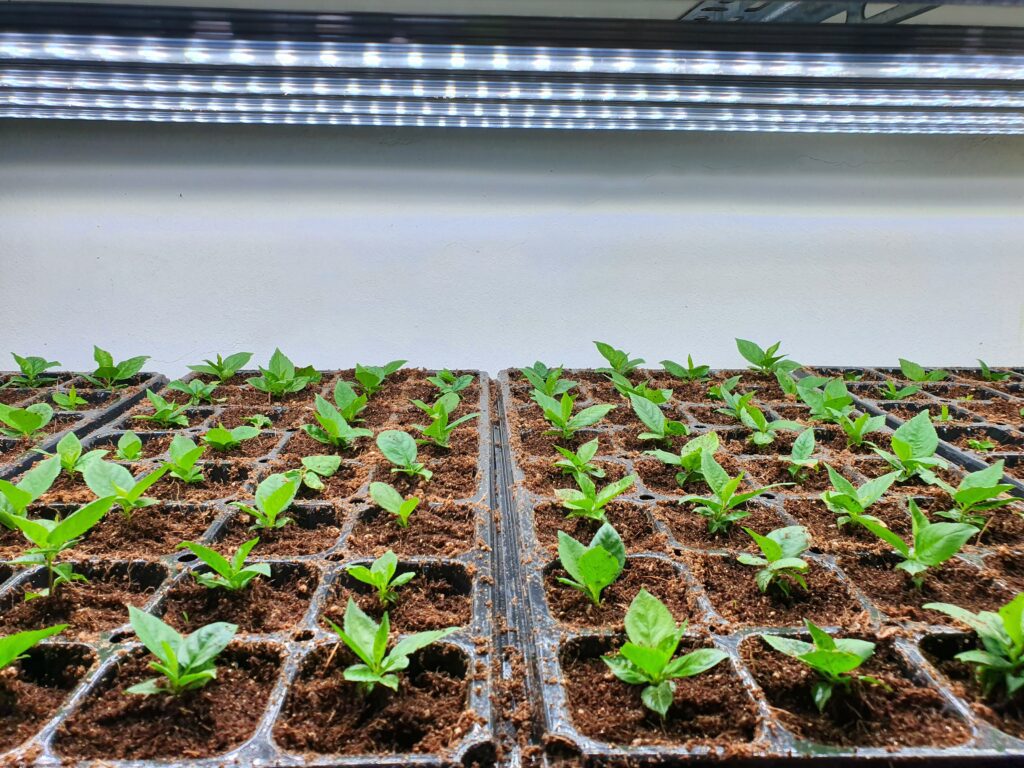
In addition to choosing the right type of lighting, proper positioning of the lights is essential for optimal plant growth. Ensure that the lights are positioned at the correct distance from the plants to avoid burning or stunting growth. As plants grow, adjust the height of the lights accordingly to maintain the ideal light intensity for each stage of growth. Regularly monitor the health and growth of your plants to assess the adequacy of lighting and make any necessary adjustments.
By providing your indoor hydroponic garden with the right lighting, you are enabling your plants to thrive and reach their full potential. Remember to consider the type of lighting that suits your needs and to position the lights appropriately for optimal growth.
Maintaining Proper Temperature and Humidity Levels in Your Indoor Garden
Maintaining the proper temperature and humidity levels in your indoor hydroponic garden is crucial for the health and growth of your plants. Plants have specific temperature and humidity requirements, and meeting these conditions will ensure optimal growth, yield, and overall success of your garden.
To learn more about this, watch the video:
Temperature control is essential as it directly affects plant metabolism, photosynthesis, and overall plant health. Generally, most plants thrive within a temperature range of 65-80°F (18-27°C). However, it is important to note that different plants may have specific temperature preferences, so it is advisable to research the ideal temperature range for each type of plant you are growing.
To maintain the desired temperature, you can utilize various tools such as thermostats, heaters, and fans. A thermostat helps monitor and control the temperature in your grow space, ensuring it stays within the desired range. Heaters are useful in colder climates or during winter months when the ambient temperature may drop below the ideal range. On the other hand, fans aid in regulating air circulation, preventing heat buildup, and maintaining a consistent temperature throughout the garden.
Apart from temperature, humidity plays a significant role in the success of your indoor garden. Maintaining the proper humidity levels is crucial for optimizing plant transpiration, nutrient absorption, and preventing the growth of mold or mildew. The ideal humidity range for most plants falls between 40-60%. However, certain plants may require higher or lower humidity levels, so it is essential to research and cater to their specific needs.
To control humidity, you can employ tools like humidifiers and dehumidifiers. A humidifier helps increase humidity levels in dry environments, while a dehumidifier is used to reduce excess humidity in areas with high moisture levels. Monitoring devices such as hygrometers can be used to measure humidity accurately, allowing you to make necessary adjustments based on your plants’ requirements.
By ensuring the proper temperature and humidity levels in your indoor hydroponic garden, you are providing your plants with the optimal conditions to thrive and produce bountiful yields. Remember to regularly monitor and adjust these factors to maintain a healthy and productive garden. In the following sections, we will delve into more details about other important aspects of hydroponic gardening, such as nutrient management and lighting requirements, to help you achieve exceptional results.
Monitoring and Adjusting pH Levels in Your Hydroponic System
Maintaining proper pH levels is crucial for the success of your hydroponic system. pH is a measure of acidity or alkalinity, and it directly affects the availability of nutrients to your plants. Most hydroponic plants thrive in a pH range between 5.5 and 6.5. Monitoring the pH levels regularly is essential to ensure optimal nutrient uptake and a healthy growing environment for your plants.
To monitor the pH levels, you will need a pH meter or pH test kit. These tools allow you to accurately measure the acidity or alkalinity of the nutrient solution. It is recommended to test the pH levels daily or at least every few days, as fluctuations can occur. You can simply dip the pH meter or test strip into the nutrient solution and follow the instructions provided by the manufacturer to obtain the pH reading.
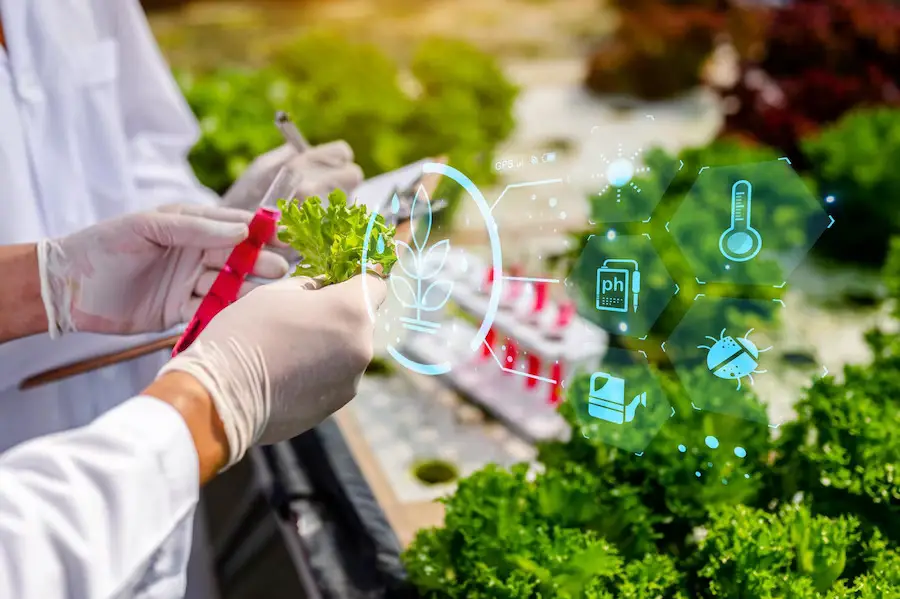
If you find that the pH levels are outside the desired range, adjustments must be made to bring them back to the optimal levels. When the pH is too high (alkaline), you can lower it by adding a pH down solution, which usually contains phosphoric acid, citric acid, or sulfuric acid. On the other hand, if the pH is too low (acidic), you can raise it by adding a pH up solution, typically containing potassium hydroxide or sodium hydroxide. It’s important to make gradual changes to avoid sudden pH swings that can stress the plants. After adjusting the pH, it is recommended to retest the solution to ensure that it is within the desired range. By regularly monitoring and adjusting the pH levels in your hydroponic system, you will provide your plants with the ideal conditions for nutrient absorption and maximize their growth potential.
Managing Nutrient Solution and Watering Your Plants
To ensure the success of your indoor hydroponic garden, managing the nutrient solution and watering your plants is crucial. The nutrient solution serves as the primary source of nutrition for your plants, and it’s important to maintain the right balance of nutrients to promote healthy growth. Regularly monitoring and adjusting the nutrient levels will help you optimize plant health and productivity.
When it comes to watering your plants in a hydroponic system, precision is key. Unlike traditional soil-based gardening, where excess water can drain away, hydroponic systems require careful attention to avoid overwatering or underwatering. Maintaining an appropriate moisture level is vital to ensure the optimum absorption of nutrients by the plants. By closely monitoring the moisture levels and adjusting the watering schedule accordingly, you can avoid potential issues such as root rot or nutrient deficiencies.
This table outlining the steps for managing nutrient solution and watering plants in a hydroponic system:
| Step | Description |
|---|---|
| 1. Nutrient Solution | Prepare the correct nutrient solution according to the plant’s growth stage and requirements. Follow manufacturer guidelines or recommended ratios. |
| 2. pH Adjustment | Check the pH of the nutrient solution using a pH meter. Adjust pH levels to the recommended range for specific plants (typically 5.5 to 6.5 for most hydroponic crops). Use pH up or down solutions accordingly. |
| 3. EC/TDS Monitoring | Measure the Electrical Conductivity (EC) or Total Dissolved Solids (TDS) of the nutrient solution using a meter. Ensure it falls within the appropriate range for the plant’s growth stage. |
| 4. Refilling Solution | Regularly monitor nutrient levels and top up the solution to maintain the desired volume and concentration. |
| 5. Watering Frequency | Maintain a consistent watering schedule based on plant needs and environmental conditions. Hydroponic systems may require more frequent watering due to faster nutrient uptake. |
| 6. System Flush | Periodically flush the system with plain water to remove excess salts and prevent nutrient buildup. This helps maintain optimal nutrient levels and prevents salt accumulation in the root zone. |
| 7. Monitor and Adjust | Continuously monitor plant health, growth, and nutrient solution parameters. Adjust nutrient levels, pH, and watering frequency as needed based on plant response and growth stage. |
As a hydroponic gardener, you need to strike a balance between providing enough water to keep your plants hydrated and avoiding any water-related issues that could harm their growth. Through regular monitoring, adjustment of nutrient levels, and careful watering, you will be able to create the ideal environment for your plants to thrive in your indoor hydroponic garden.
Preventing and Managing Pests and Diseases in Your Hydroponic Garden
Pests and diseases can quickly wreak havoc on your hydroponic garden if not properly prevented and managed. These unwanted visitors not only damage your plants and hinder their growth, but they can also spread throughout your entire system, affecting other crops as well. However, by implementing effective strategies, you can minimize the risk and keep your garden thriving.
One of the first steps in preventing pests and diseases is maintaining a clean and sanitary environment. Regularly sanitize your hydroponic system, including all equipment, containers, and growing mediums. This eliminates any potential breeding grounds for pests and removes disease-causing pathogens. Additionally, practice good hygiene by washing your hands thoroughly before handling your plants, as this can help prevent the transfer of harmful microorganisms. By consistently practicing these cleanliness measures, you are already taking a significant step towards minimizing the occurrence of pests and diseases in your hydroponic garden.
Watch this video to learn more about how you can control pest and disease your indoor hydroponic garden:
To further fortify your garden against pests and diseases, consider implementing integrated pest management (IPM) techniques. IPM involves a combination of preventative measures, biological controls, and judicious use of pesticides. Start by regularly inspecting your plants for any signs of damage or infestation, such as discolored leaves, wilting, or unusual growth patterns. If you identify any pests, remove them manually or use natural remedies like insecticidal soap or neem oil. Introducing beneficial insects, such as ladybugs or parasitic wasps, can also help control pests by preying on them. However, if the infestation becomes severe, you may need to resort to targeted pesticide application. Just remember to carefully follow the instructions and use pesticides sparingly, only as a last resort.
Harvesting and Enjoying the Fruits of Your Hydroponic Gardening Efforts
Harvesting and enjoying the fruits of your hydroponic gardening efforts is an exciting and rewarding experience. After weeks or even months of carefully tending to your plants, it’s finally time to reap the benefits and delight in the fresh produce you have grown.
When it comes to harvesting, timing is crucial. Each plant has its own specific requirements for maturity, and it’s essential to wait until the fruits are fully ripe before picking them. This ensures optimal flavor, texture, and nutritional value. Keep an eye on the progress of your plants, observing them daily for any signs of readiness. Look for vibrant colors, firmness, and the characteristic scent that indicates ripeness. By harvesting at the right time, you can enjoy the best possible taste and texture from your hydroponic garden.
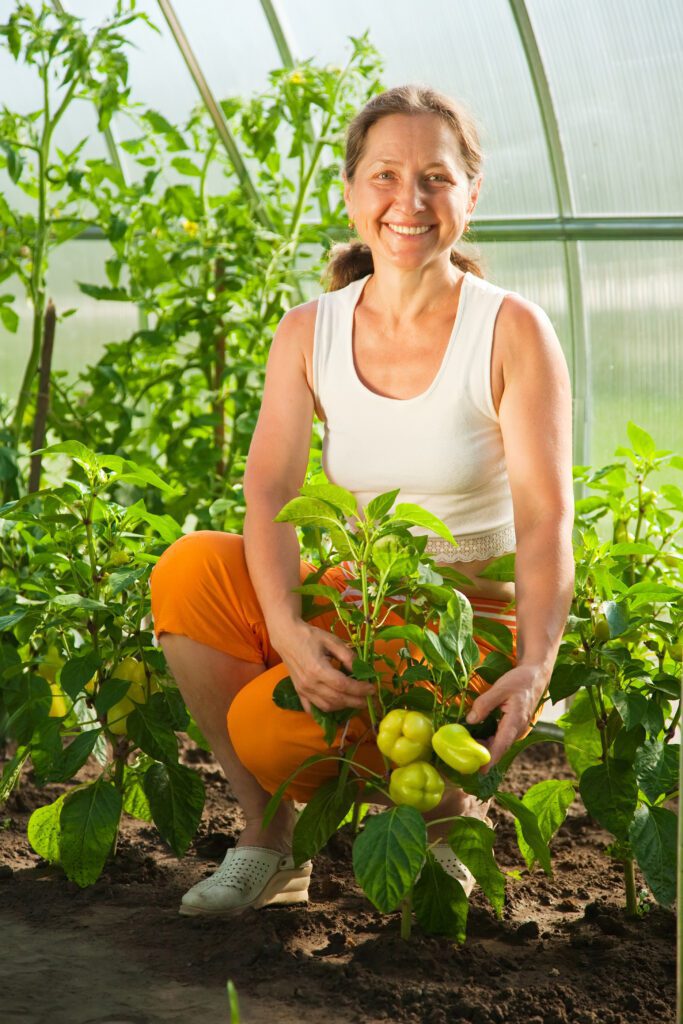
Once your produce is harvested, it’s important to handle it with care to maintain its freshness and quality. Avoid rough handling or dropping the fruits, as this can cause bruising or damage. Instead, gently place them in a clean container or basket, taking care not to overcrowd or pile them up. If you plan to store your harvest, ensure proper storage conditions to prolong freshness. Some fruits and vegetables may need refrigeration, while others may require room temperature or specific humidity levels. Research the optimal storage conditions for each type of produce to maximize its shelf life.
As you savor the delicious results of your hydroponic gardening efforts, take a moment to appreciate the hard work and dedication that went into creating this bounty. Hydroponics offers a unique opportunity to grow your own food year-round, regardless of climate or space limitations. By mastering the art of harvesting and cherishing the fruits of your labor, you can truly embrace the joys and benefits of hydroponic gardening.
Can I use any type of plant in a hydroponic garden?
While most plants can be grown hydroponically, some varieties are better suited for this type of gardening. It is important to select plants that have shallow root systems and thrive in nutrient-rich environments.
How often do I need to monitor and adjust pH levels in my hydroponic system?
pH levels should be monitored daily in a hydroponic system. Adjustments should be made whenever the pH deviates from the optimal range for the specific plants you are growing.
What is the best way to prevent pests and diseases in a hydroponic garden?
Maintaining a clean and sanitary environment is key to preventing pests and diseases in your hydroponic garden. Regularly inspect your plants for any signs of infestation or disease, and promptly take action if necessary, such as implementing natural pest control methods or using beneficial insects.
Can I reuse my nutrient solution for multiple growing cycles?
It is generally not recommended to reuse nutrient solution for multiple growing cycles. Over time, the solution can become imbalanced and may contain harmful pathogens. It is better to mix a fresh batch of nutrient solution for each new growing cycle.
How do I know when my plants are ready to be harvested in a hydroponic garden?
The timing of harvest will vary depending on the specific plants you are growing. Generally, plants are ready to be harvested when they have reached their full size and the fruits or vegetables are ripe. Refer to individual plant guides for more specific information on harvesting times.
Can I consume the fruits and vegetables grown in a hydroponic garden?
Yes, the fruits and vegetables grown in a hydroponic garden are safe to consume. In fact, hydroponically grown produce is known for its exceptional taste and nutritional value.
How much light do my plants need in a hydroponic garden?
Different plants have different light requirements. Generally, plants in a hydroponic garden need anywhere from 12 to 16 hours of light per day. It is important to provide adequate lighting to ensure proper growth and development.
Can I use tap water in my hydroponic system?
Tap water can be used in a hydroponic system but it may contain minerals or chemicals that can affect the pH and nutrient levels. It is recommended to use filtered or distilled water to avoid any potential issues.

Pallavi Gupta is a burgeoning writer at SouthElMonteHydroponics, blending her passion for data analysis with a keen interest in biotechnology. Currently pursuing a Bachelor’s in Biotechnology at Amity University, Pallavi delves into the intricacies of life sciences while gaining hands-on experience in the exciting world of data analysis. Her unique background provides a fresh perspective on hydroponic farming, as she explores the intersection of biotechnology and sustainable agriculture. Through her writing, Pallavi aims to bridge the gap between data-driven insights and innovative farming practices, inspiring others to harness technology for a greener future.

